One of the most common questions I receive from new photographers is which lens to use when photographing food. When choosing gear there is never a correct choice; it all boils down to the type and size of the food, your workspace and setup, the style you hope to achieve, along with how you want your final image will look. Each lens will have advantages, and even disadvantages, depending on your setup. Here is a list of a variety of lenses, along with why you might choose each type of lens for food photography.
Macro
A macro lens is an obvious choice for photographing food. You can get really close to the food to highlight certain elements, and also easily photograph and fill the frame with small items, like berries or tiny bites of food. Depending on the camera you use, macro lenses come in different ranges of focal lengths.
Keep in mind that a macro lens is not always necessary to photograph food. With full-frame cameras it is sometimes necessary to use a macro-capable lens in order to get close enough and fill the frame. And, in some cases, getting too close to your dish may not be the best way to photograph it. With crop-frame cameras, such as with the Fujifilm X-T2 used for this photo, a macro lens is not always a requirement. Because of the crop factor there is the perception that the camera is closer to the subject, and so a macro lens is only a real necessity when you want to get really close and fill the frame with small items.
Wide-Angle (12–24mm)
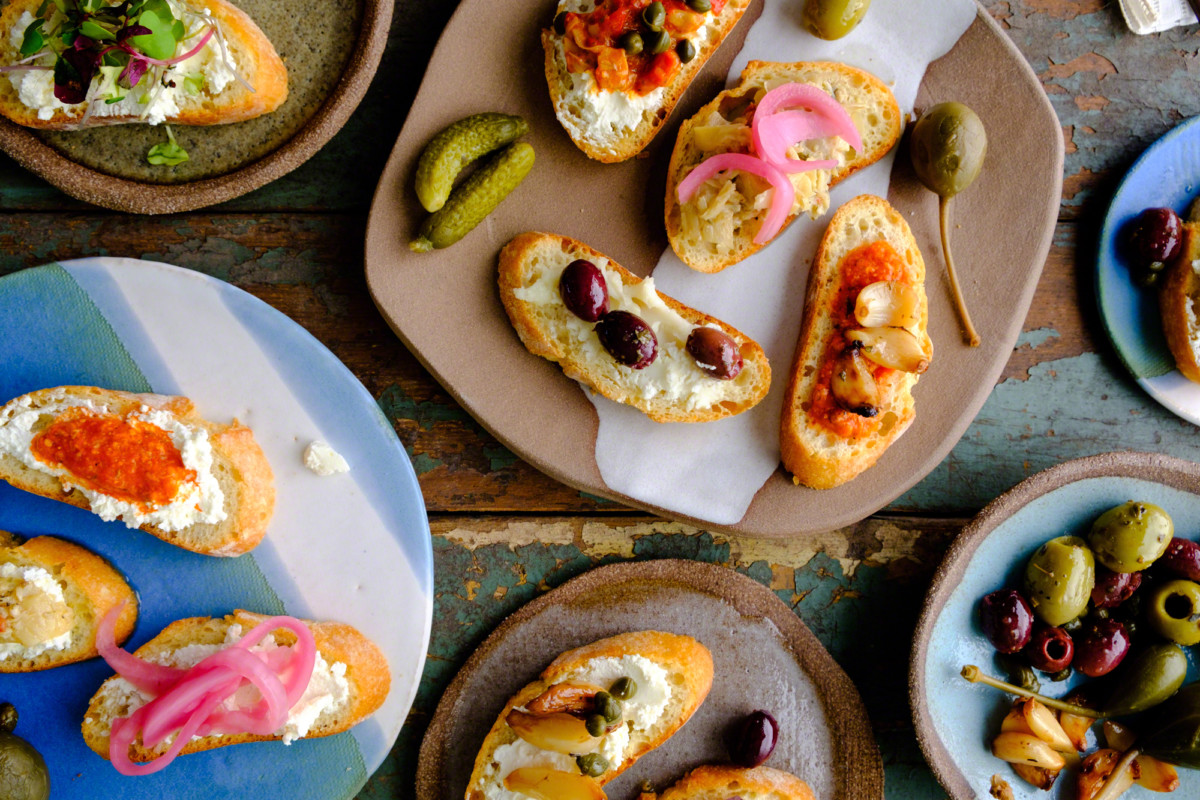
Camera: Fujifilm X-T2; Lens: Fujinon XF 18–55mm f/2.8–4 R LM OIS (photographed at 21.4mm); Exposure: 1/4 sec at f/6.4, ISO 200
In most cases a wide lens will be best for overhead setups. The space I use to photograph food in my home is too small for a wide-angle lens to be used without including other elements, such as the window or reflectors. Instead I reserve the wider focal lengths for overhead shots.
Mid-Range (35–75mm)
A mid-range lens, especially one that has a close focusing distance, can be a good option for food in any environment. I like to use this type of lens when I know I will want to photograph my dinner while traveling (for example). It is long enough to compress and blur the background, but narrow enough to not include too wide of an angle of view. I can also still sit quite close to the food; with a longer lens I need to move back a few feet, which can be difficult when sitting at a dinner table.
Medium Telephoto (90–120mm)
The medium telephoto lens, also known as a good range for portraits, is also a great focal length range for food photographs. One of my favorites is the Fujinon 90mm; I can get in close to the subject, and also compress and blur the background quite well.
Telephoto (140mm+)
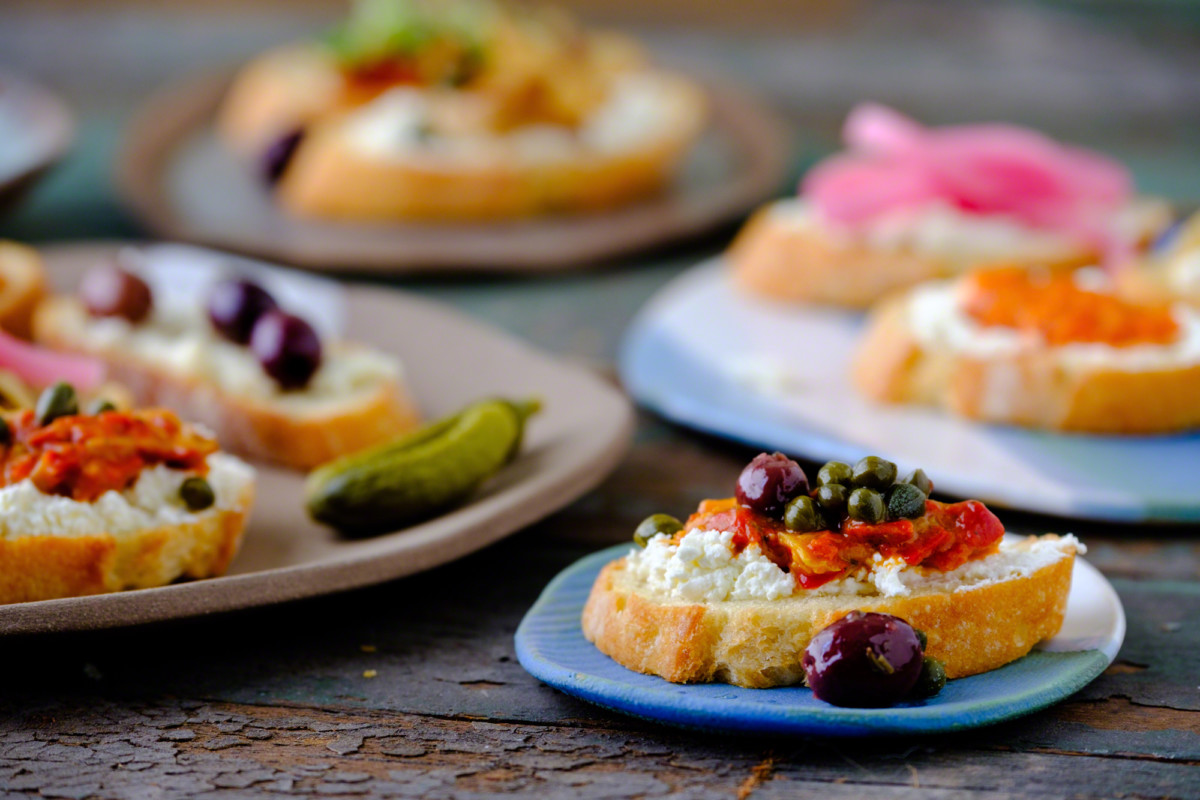
Camera: Fujifilm X-T2; Lens: Fujinon XF 50–140mm f/2.8 R LM OIS WR (photographed at 140mm); Exposure: 1/10 sec at f/4, ISO 200
When you have a lot of space to work in and really want to compress and blur your background, then a telephoto lens might be a good option for you. This type of lens will typically work well with crop-frame cameras, which is great news for Fujifilm users! On full-frame cameras, however, you may find that the focal length will not allow you to get close enough to the subject to get it in focus. However even with this setup (a small item of food) I was unable to get a tight shot of the bruschetta with my Fujifilm X-T2 because of the limited focusing distance, but with a larger dish this lens might work well.
One of the most common questions I receive from new photographers is which lens to use when photographing food. When choosing gear there is never a correct choice; it all boils down to the type and size of the food, your workspace and setup, the style you hope to achieve, along with how you want your final image will look. Each lens will have advantages, and even disadvantages, depending on your setup. Here is a list of a variety of lenses, along with why you might choose each type of lens for food photography.
Macro
A macro lens is an obvious choice for photographing food. You can get really close to the food to highlight certain elements, and also easily photograph and fill the frame with small items, like berries or tiny bites of food. Depending on the camera you use, macro lenses come in different ranges of focal lengths.
Keep in mind that a macro lens is not always necessary to photograph food. With full-frame cameras it is sometimes necessary to use a macro-capable lens in order to get close enough and fill the frame. And, in some cases, getting too close to your dish may not be the best way to photograph it. With crop-frame cameras, such as with the Fujifilm X-T2 used for this photo, a macro lens is not always a requirement. Because of the crop factor there is the perception that the camera is closer to the subject, and so a macro lens is only a real necessity when you want to get really close and fill the frame with small items.
Wide-Angle (12–24mm)

Camera: Fujifilm X-T2; Lens: Fujinon XF 18–55mm f/2.8–4 R LM OIS (photographed at 21.4mm); Exposure: 1/4 sec at f/6.4, ISO 200
In most cases a wide lens will be best for overhead setups. The space I use to photograph food in my home is too small for a wide-angle lens to be used without including other elements, such as the window or reflectors. Instead I reserve the wider focal lengths for overhead shots.
Mid-Range (35–75mm)
A mid-range lens, especially one that has a close focusing distance, can be a good option for food in any environment. I like to use this type of lens when I know I will want to photograph my dinner while traveling (for example). It is long enough to compress and blur the background, but narrow enough to not include too wide of an angle of view. I can also still sit quite close to the food; with a longer lens I need to move back a few feet, which can be difficult when sitting at a dinner table.
Medium Telephoto (90–120mm)
The medium telephoto lens, also known as a good range for portraits, is also a great focal length range for food photographs. One of my favorites is the Fujinon 90mm; I can get in close to the subject, and also compress and blur the background quite well.
Telephoto (140mm+)

Camera: Fujifilm X-T2; Lens: Fujinon XF 50–140mm f/2.8 R LM OIS WR (photographed at 140mm); Exposure: 1/10 sec at f/4, ISO 200
When you have a lot of space to work in and really want to compress and blur your background, then a telephoto lens might be a good option for you. This type of lens will typically work well with crop-frame cameras, which is great news for Fujifilm users! On full-frame cameras, however, you may find that the focal length will not allow you to get close enough to the subject to get it in focus. However even with this setup (a small item of food) I was unable to get a tight shot of the bruschetta with my Fujifilm X-T2 because of the limited focusing distance, but with a larger dish this lens might work well.

Nicole is a photographer, published author, and educator specializing in Lightroom, Photoshop, and photography. She is best known for her books on food photography but is widely versed in various photographic genres, including landscape, nature, stock, travel, and experimental imagery.

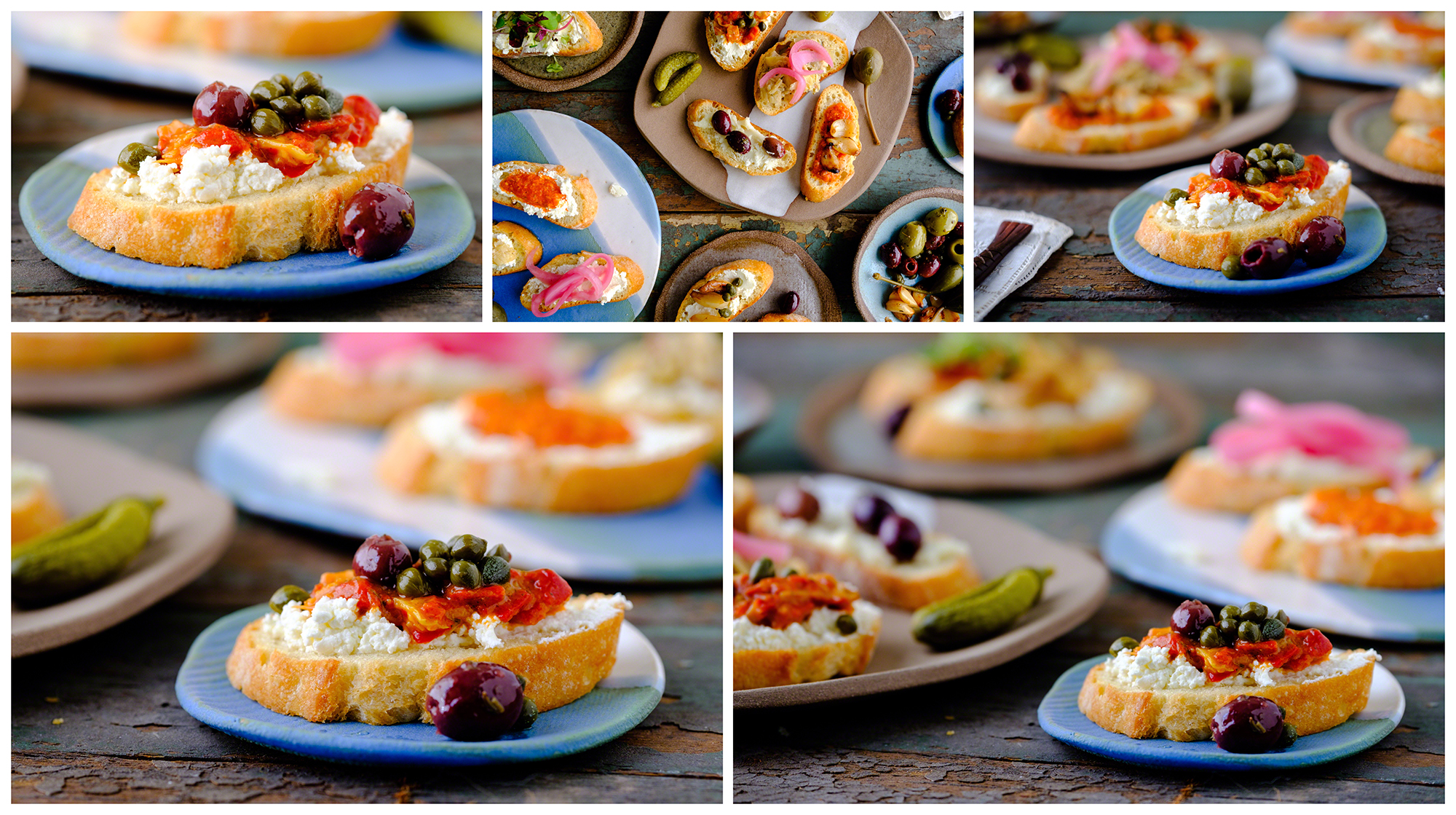
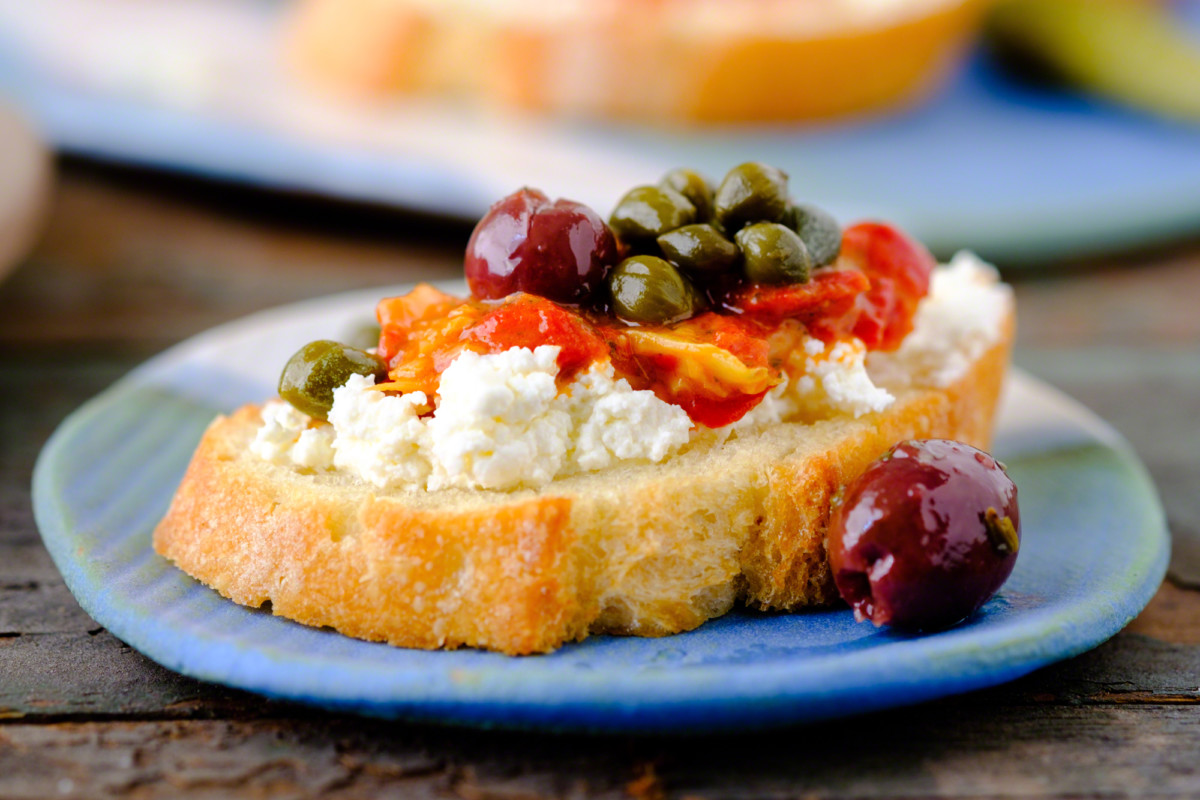
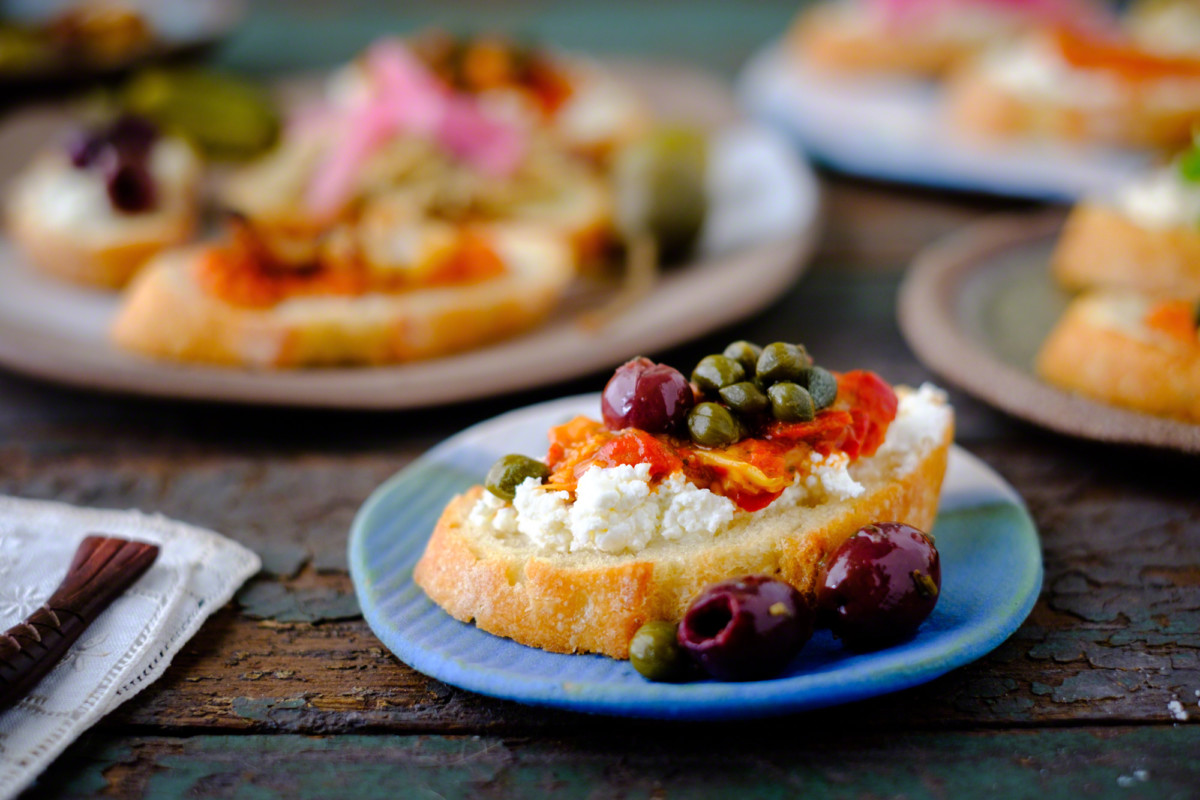
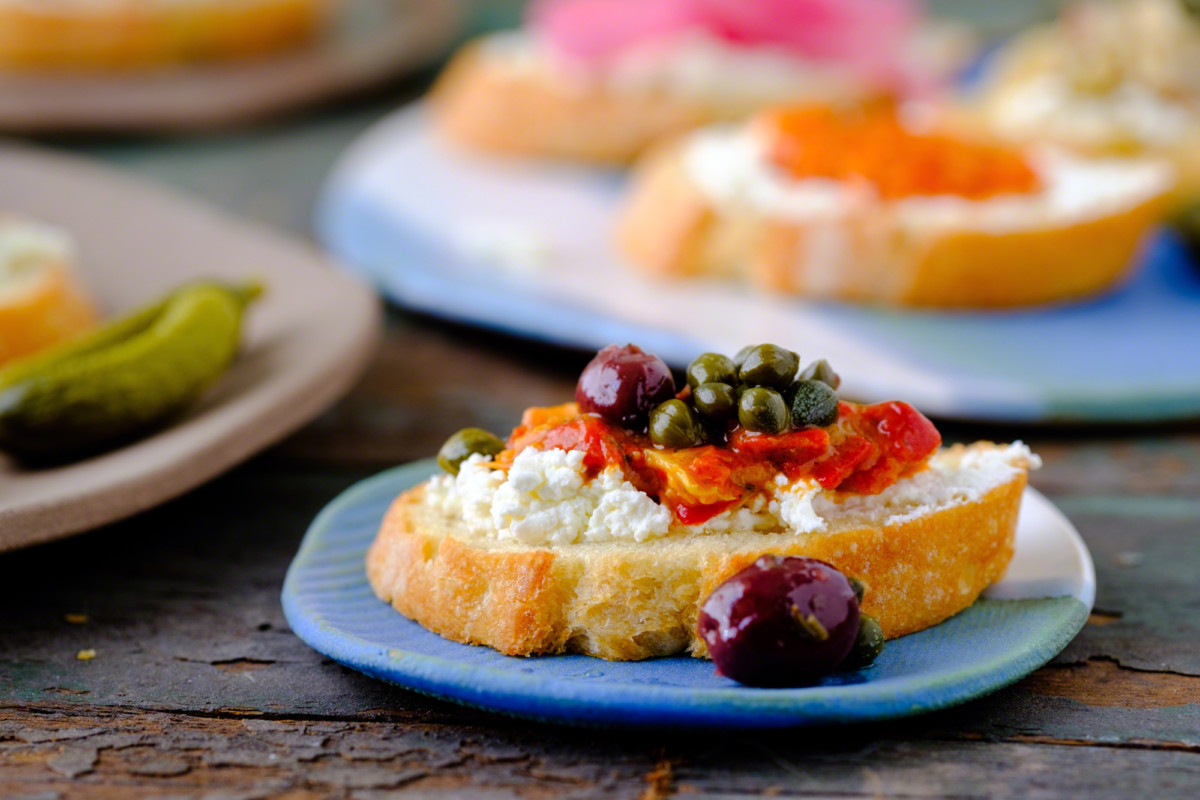
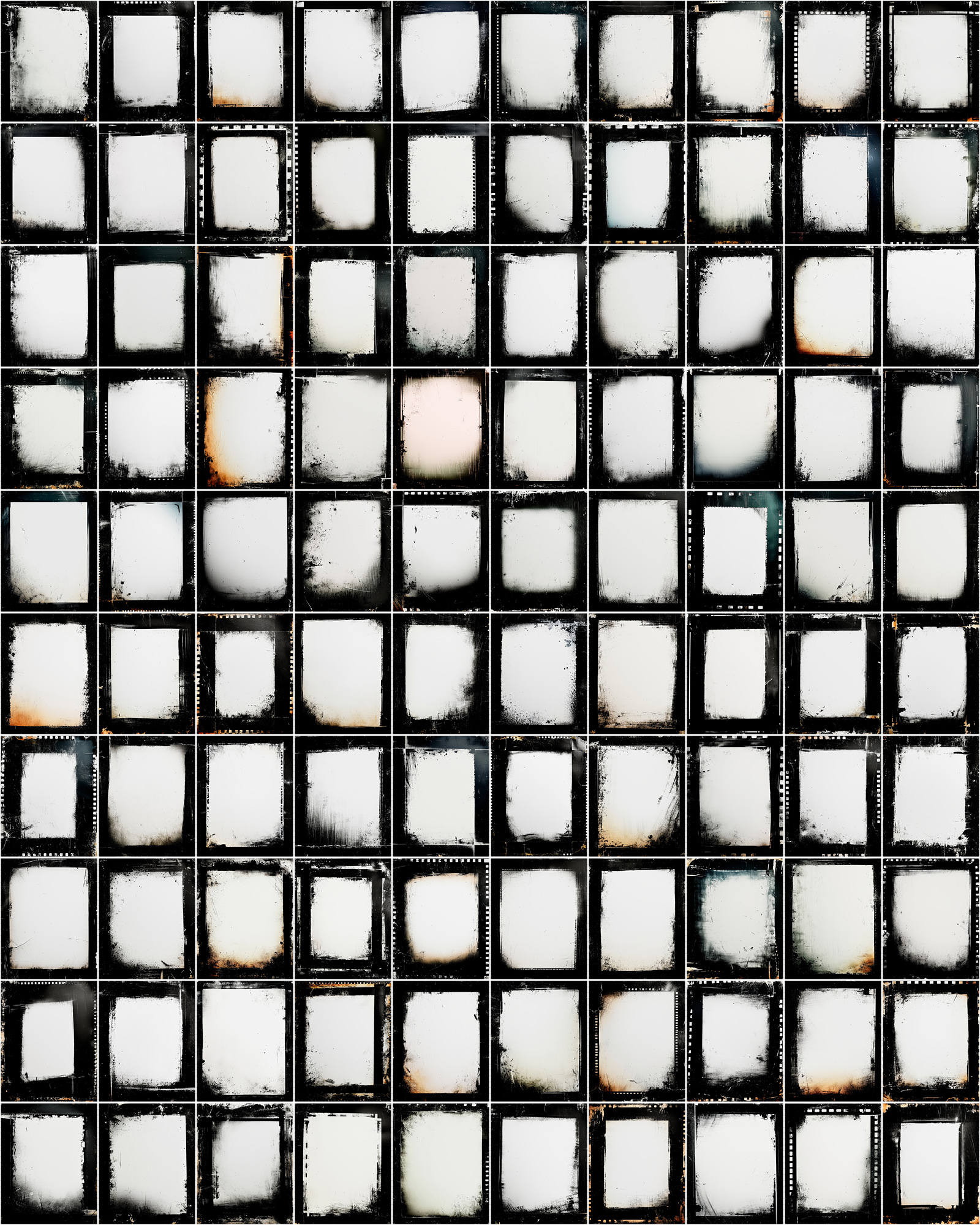
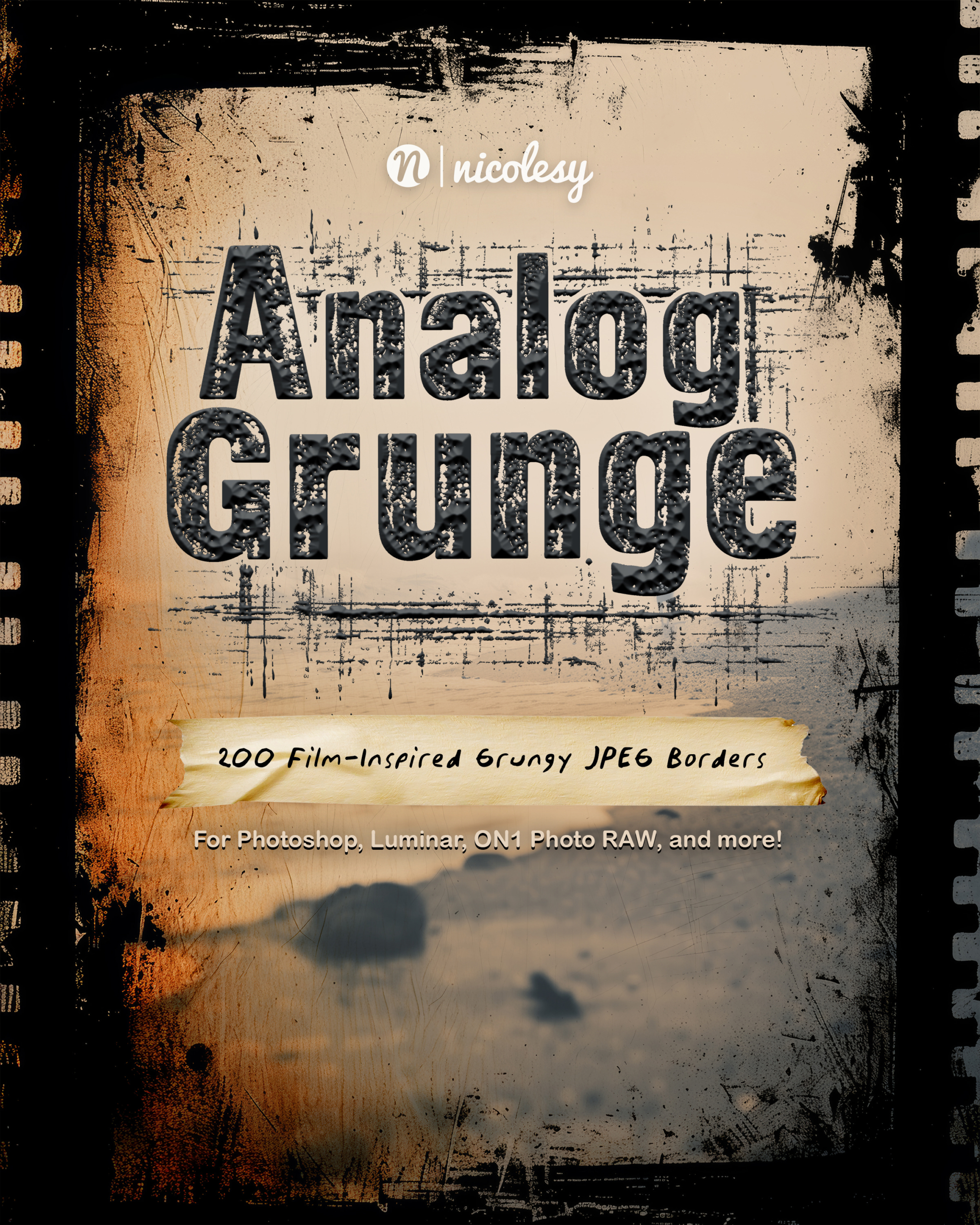
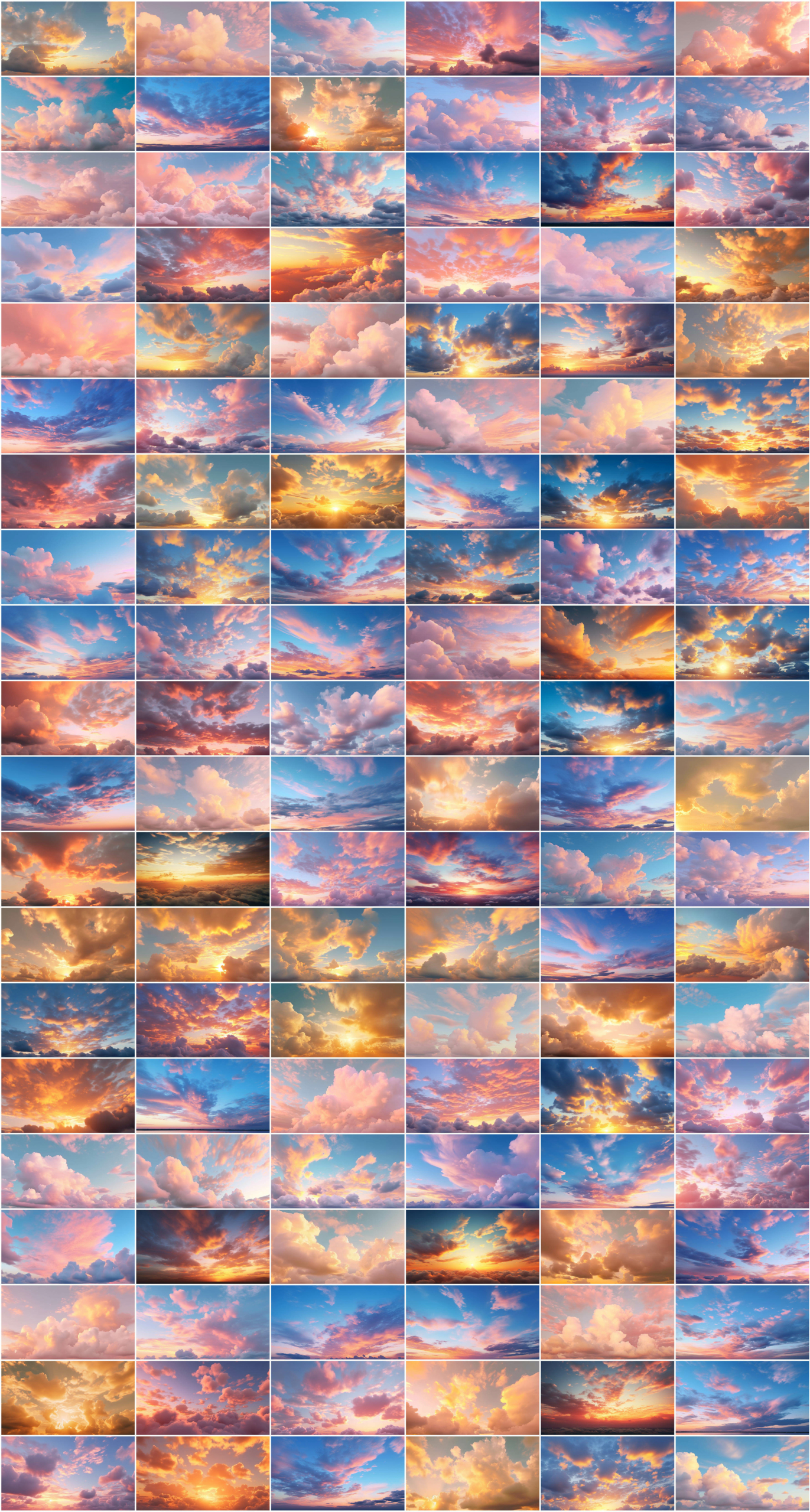
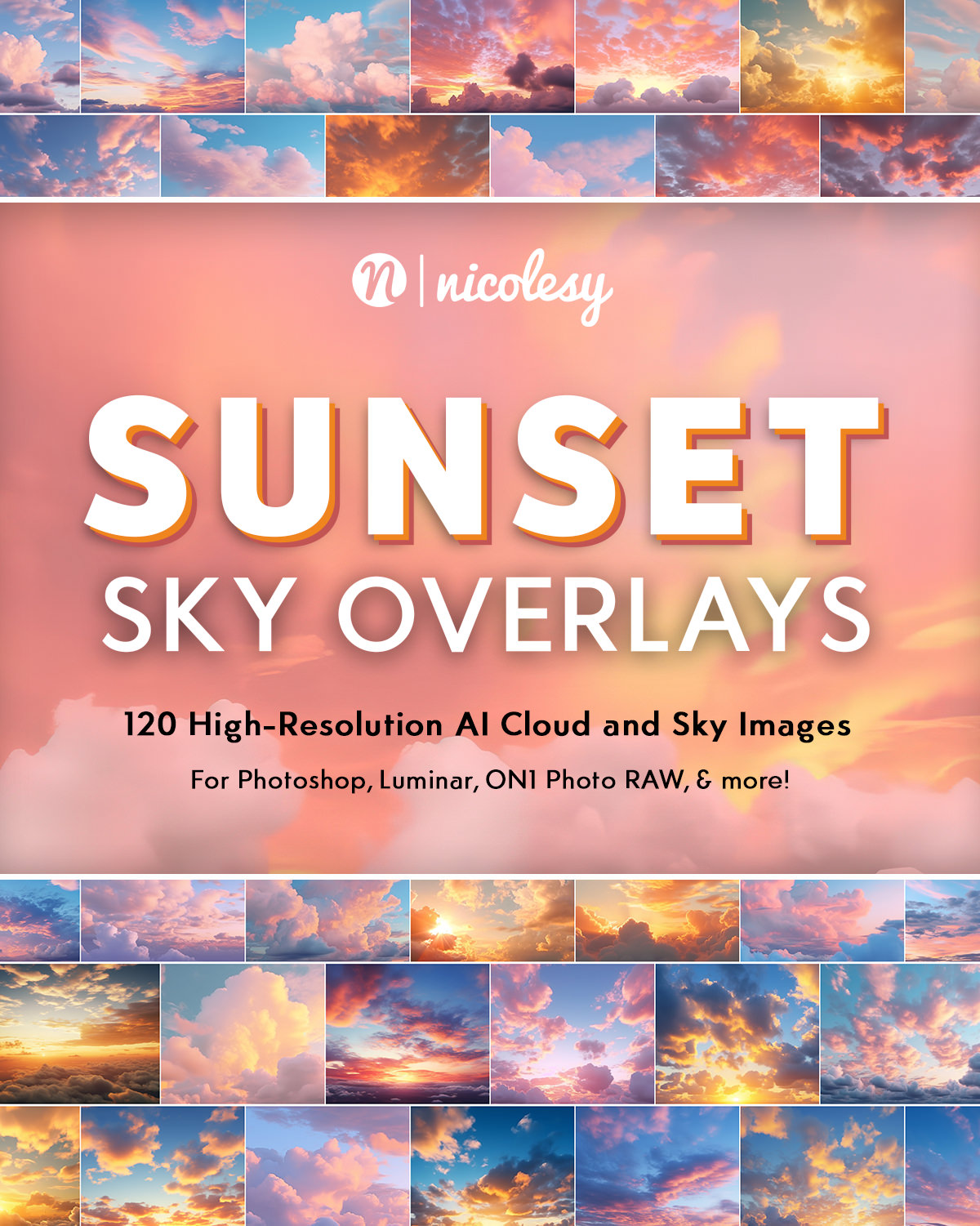
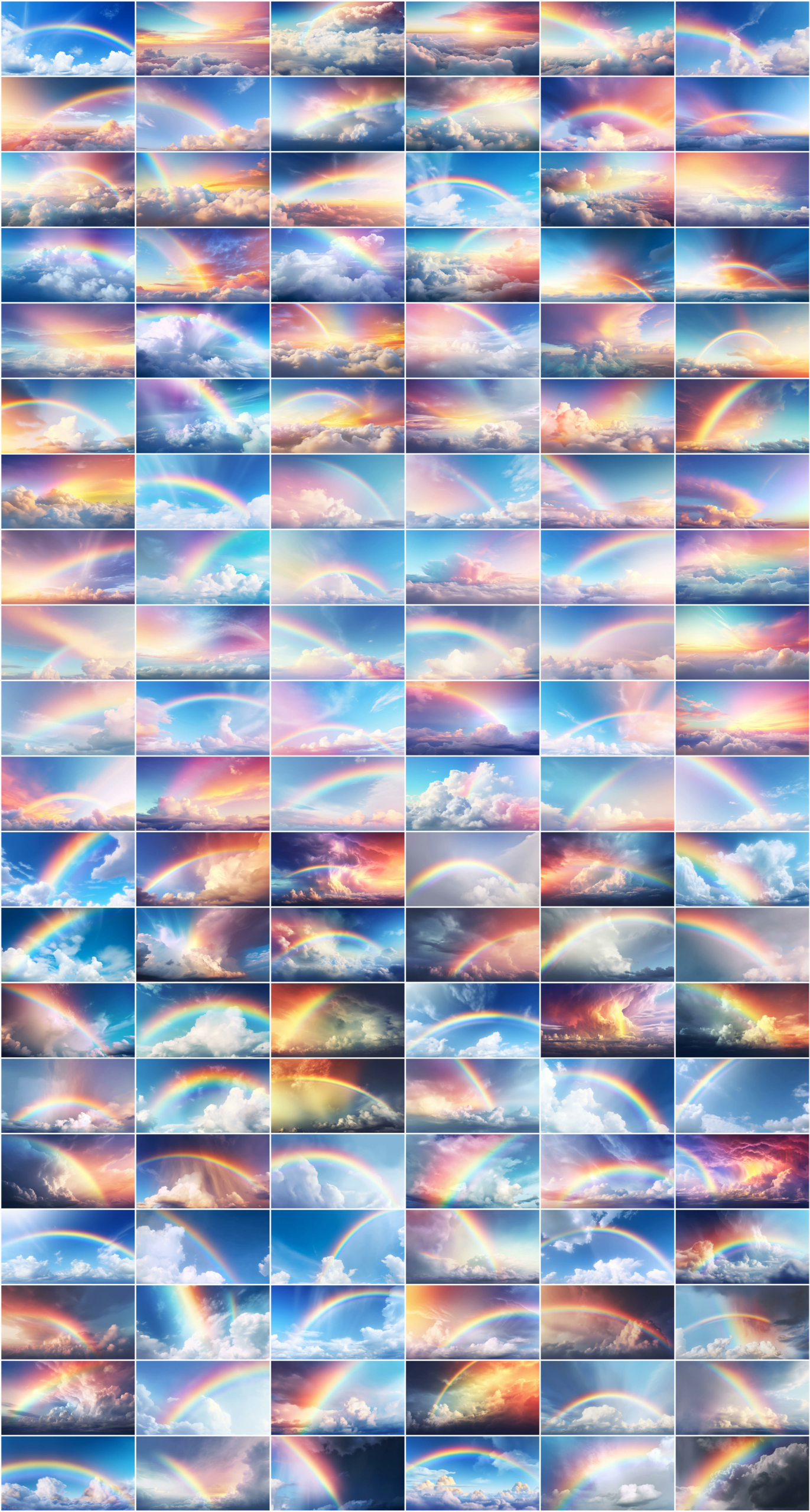
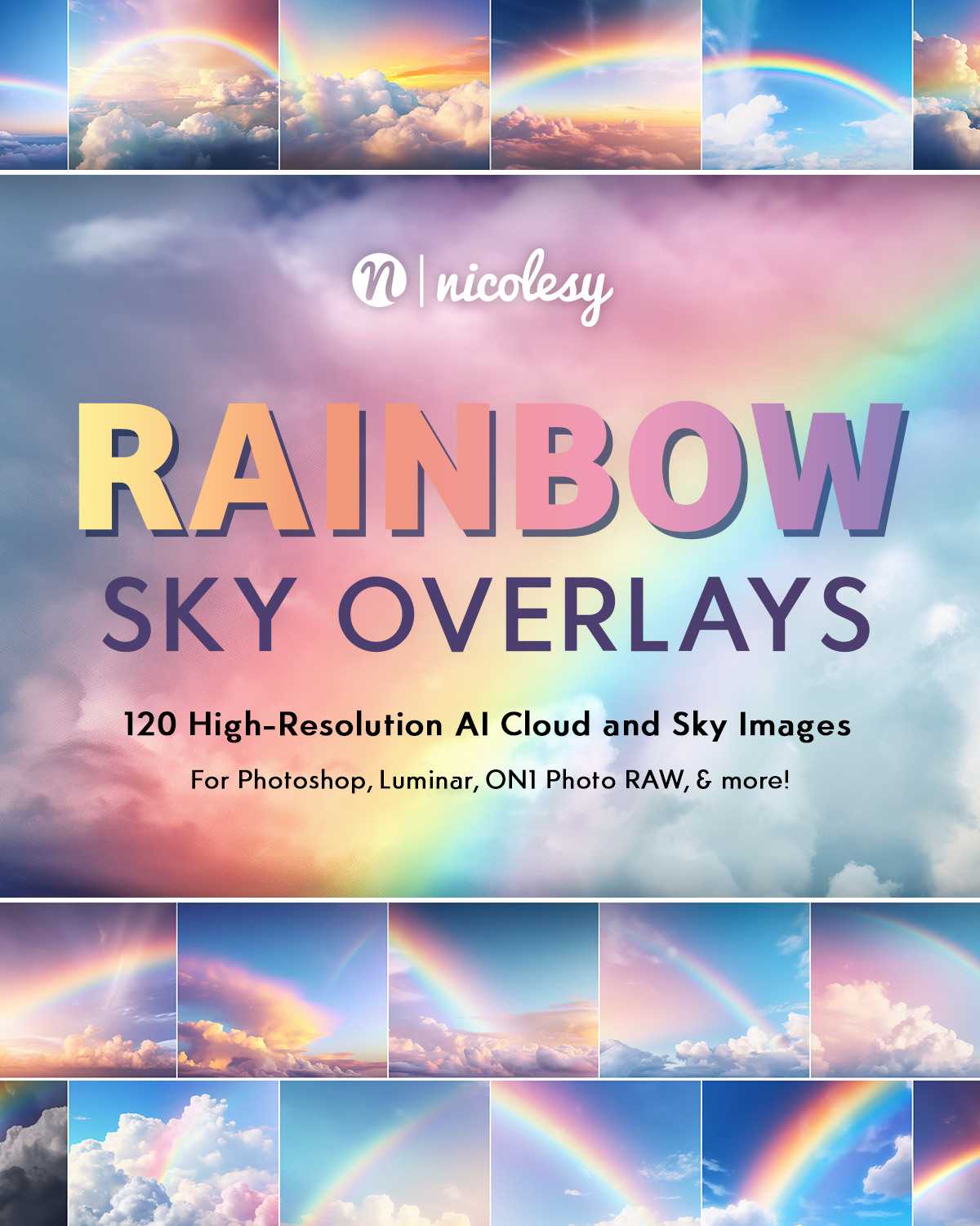
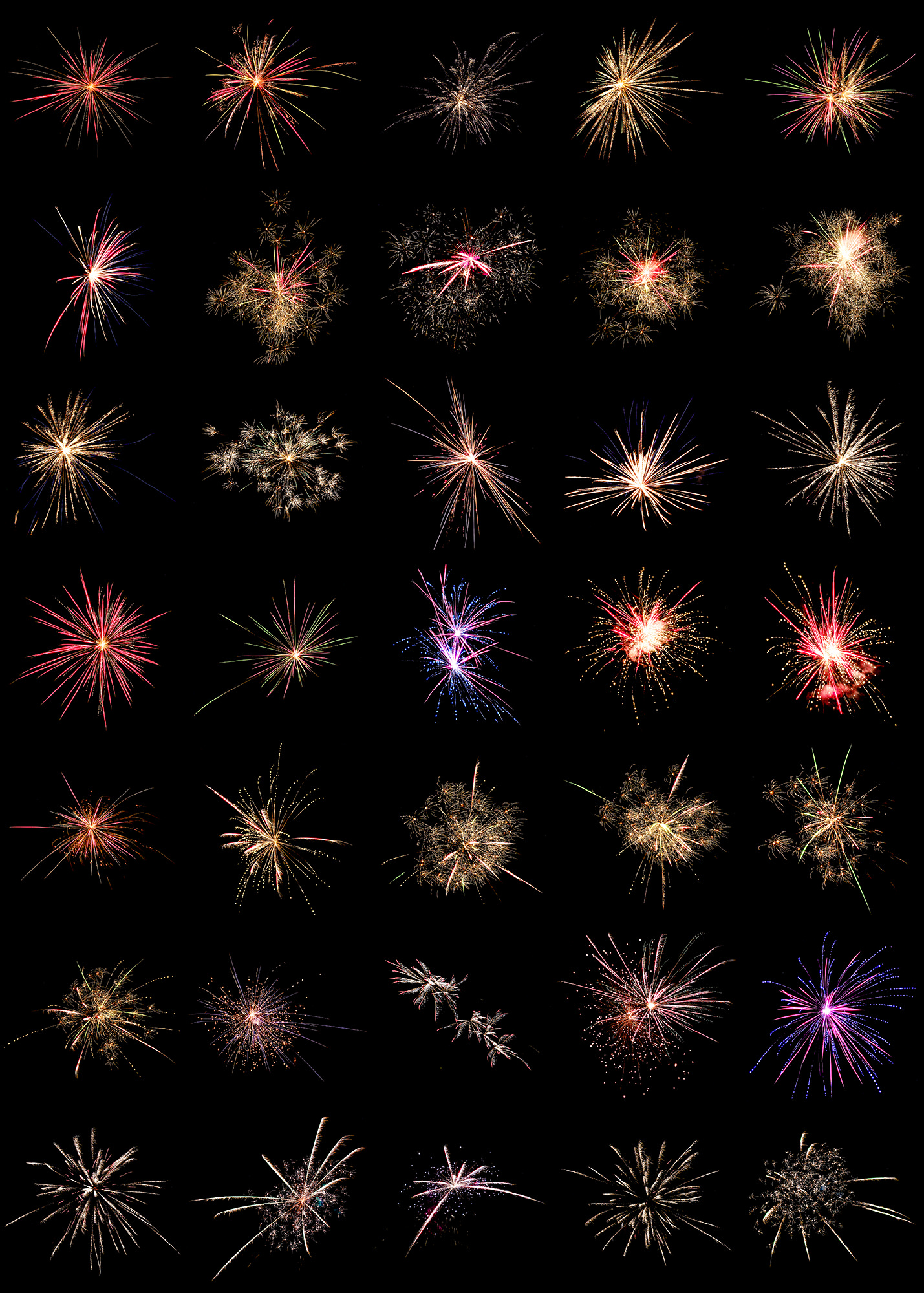
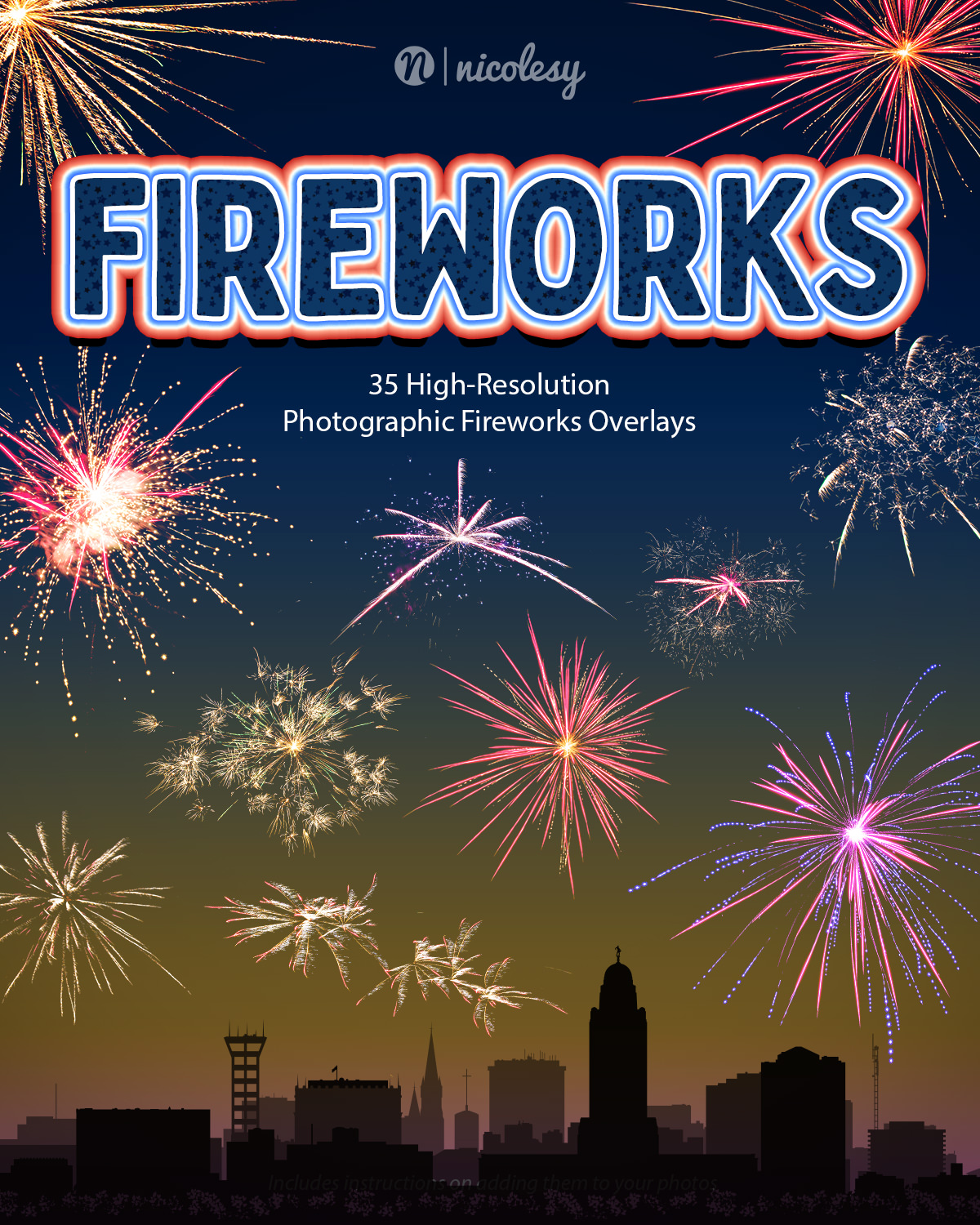
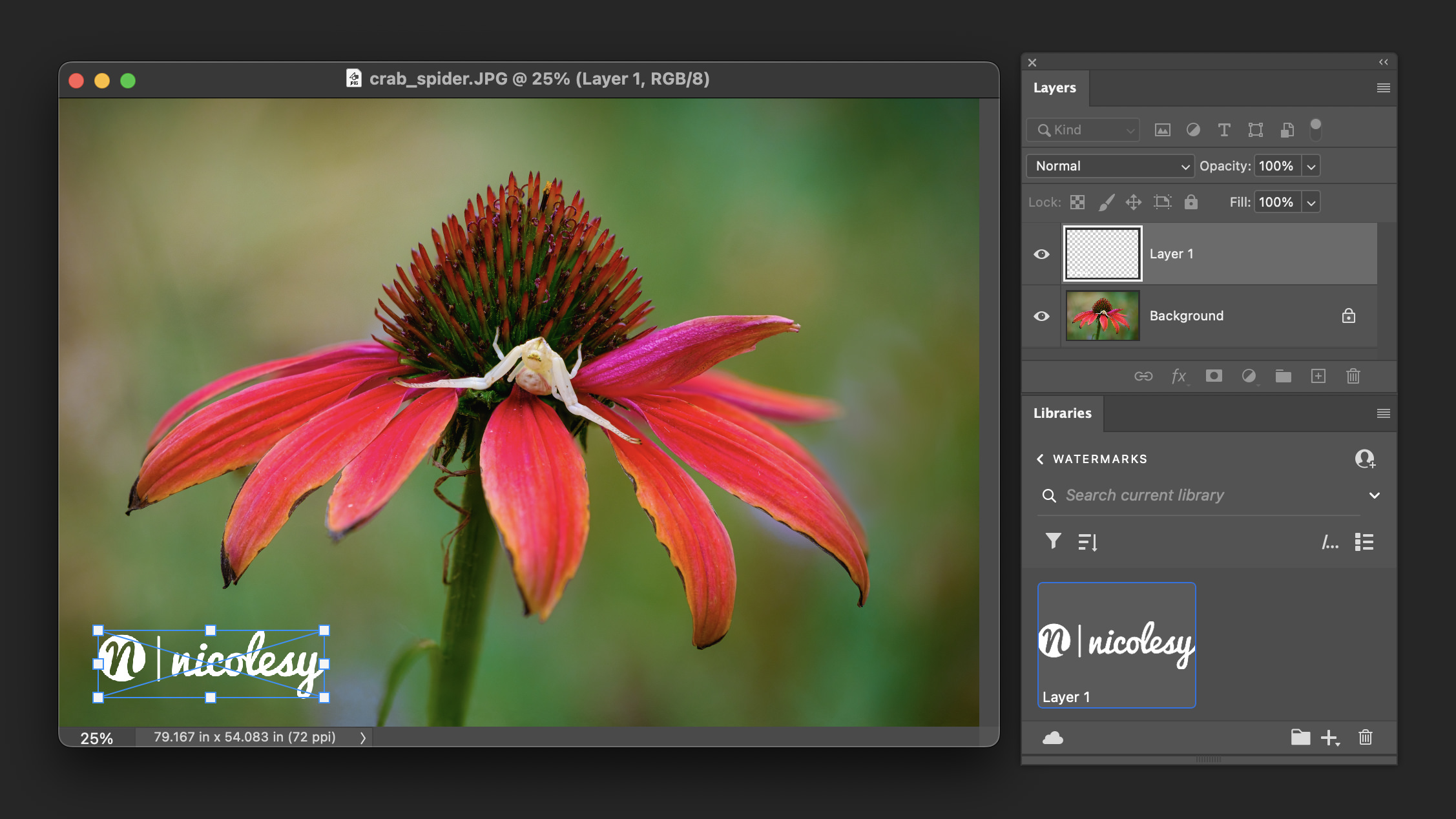
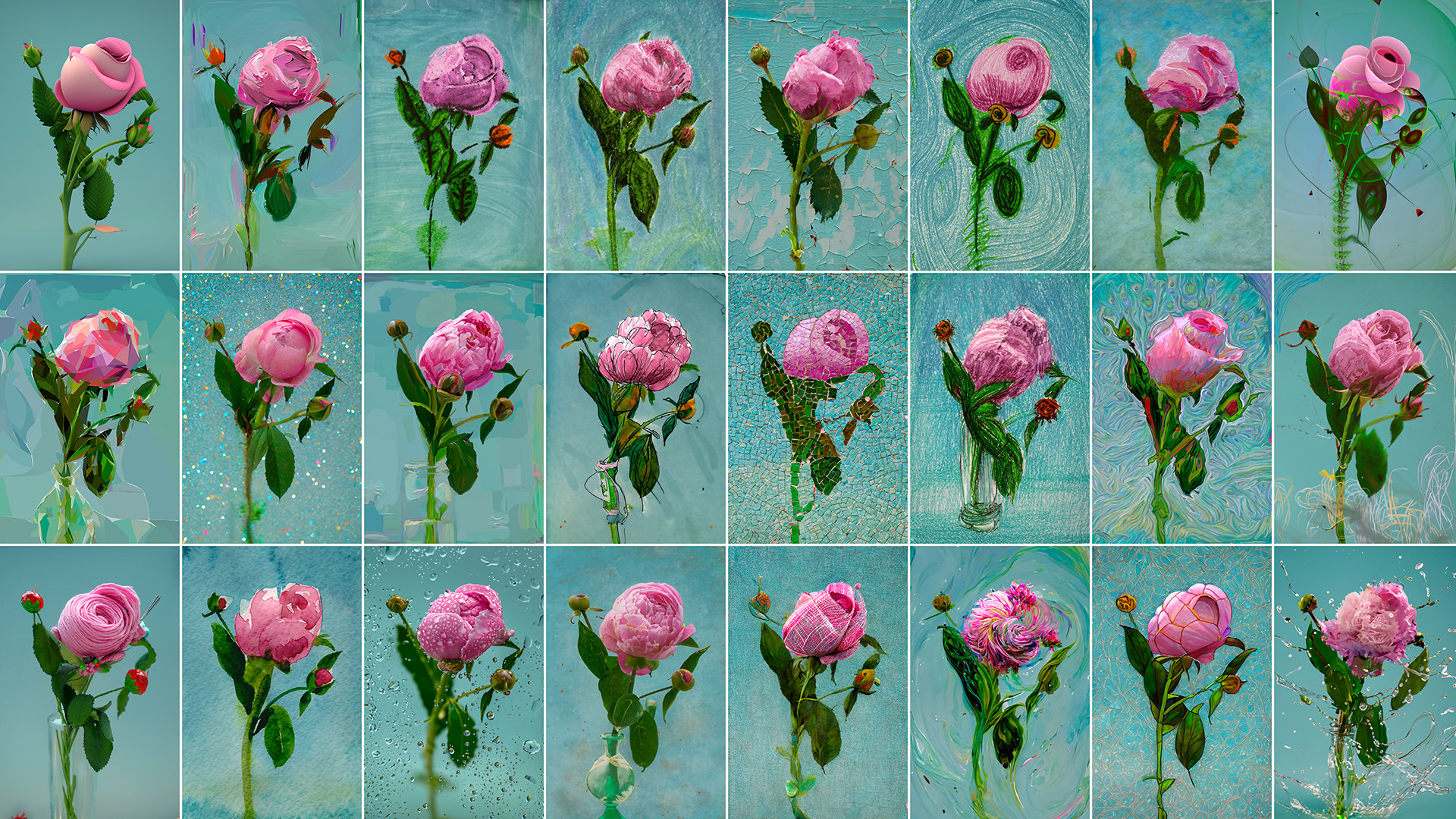
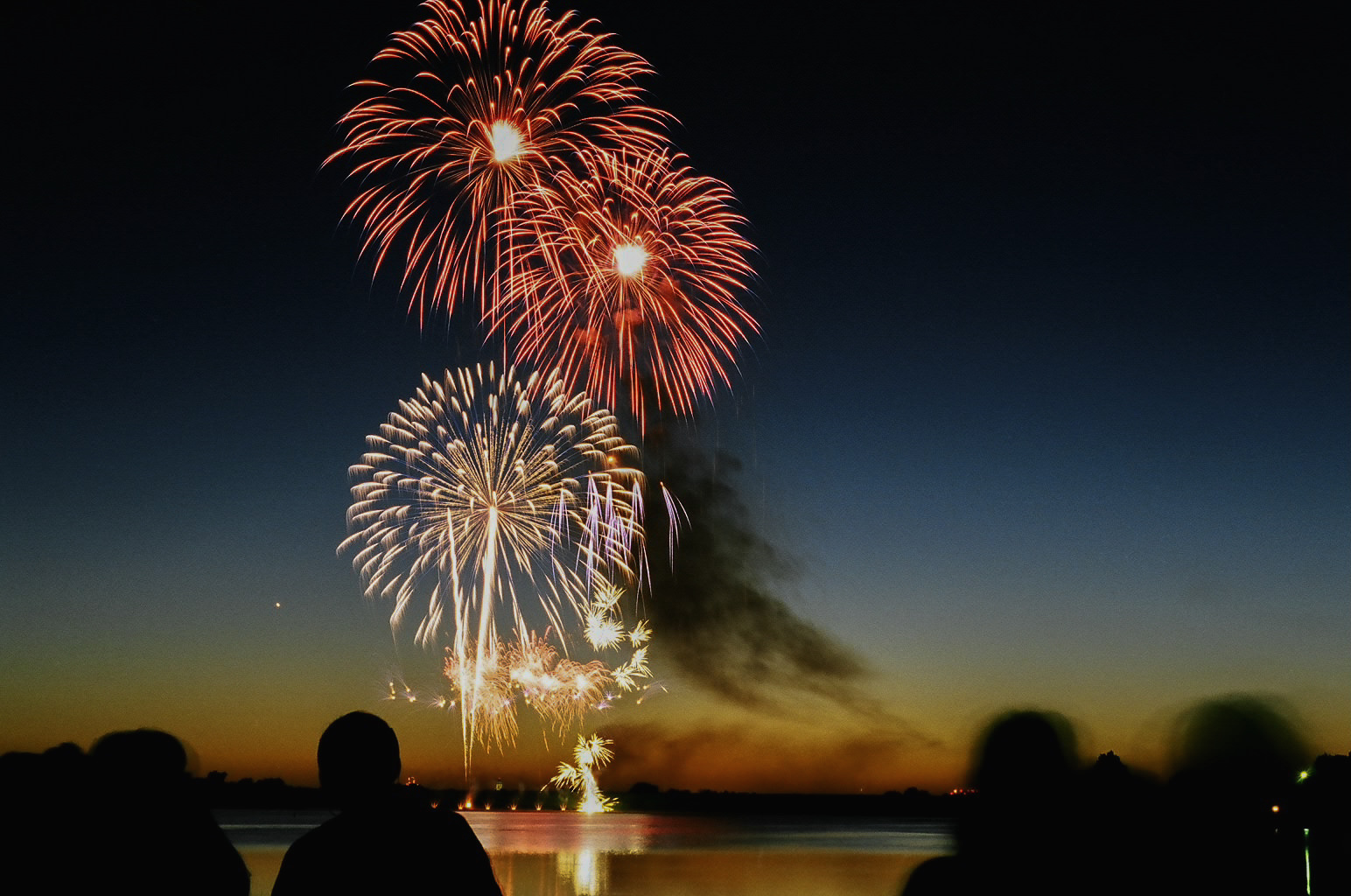
Thanks for the post. I would’ve never thought to go that wide with an overhead shot, I usually shoot overhead with my 50 mm on my 5D. I will definitely give wider a go next time.
This is great information, thank you! Especially since I have the fuji x-t2 and only the kit lens so far. Of course, I want ALL the lenses, but based on this post I might go with the medium telephoto next … though the 60mm is sooo tempting.
Thanks for this posting! I am just beginning to enjoy some food photography of my own; always looking for new ideas/approaches. BTW These seem to be all ambient light with perhaps diffusion and/or reflected light (i.e. not flash)? Either way, very nice!
Yes, there are all with window light. I have a nice little still-life setup in one of our spare bedrooms that I use for my studio :)
such an interesting post, thank you Nicole! I’m trying to get better at my food photography =)
hallo, thanks for these infos.
i wanted to share my personal experience on food photography. my son makes and sells macaroons and he often asks me to take pictures for his website so i use my d300 with 105mm macro 2.8 (so like a 150mm lens !) and pictures are nice but sometimes too detailed and crispy for food. very often he also takes carton box and packaging and wants pictures so i need to go very far from the table to take picture and angle is not as good as close to box. so for a long time now, i take my d300 with the 2.8 24-70 and it is very convenient for any kind of photography and the min distance (30cm ?) is acceptable to make close-up” pictures of macarons.
i have made a table with a plexi plate with an umbrella below and i current ca’t be above the table without a scale. i have just purchased controlmynikon software to try to take picture in liveview without being behind the viewfinder. i wonder how i could have food on floor. a led flat light would be nice but perhaps not strong enough with respect to 135mm umbrella above the table.
see box pictures on :
http://www.pmsweet.be/
i also have :
http://www.labrophotography.com/food
i like food photography but i’d like to reach the level of nicolesy pictures, really beautiful and colorful with beautiful backgrounds
best regards
marc
Nicole, thanks for the update on social media. As G+ is approaching its demise, I was wondering what to do. So many choices and so many draw backs. Flickr seems to be quite right; I have to investigate it a little bit more.
Now to the use of wide angle lenses in food photography. I use a full frame Sony with a G 24 – 70mm lens. When I do the overhead shot, the hero food is right on the money, BUT glasses or cups on the side are getting distorted. They seem to lean like the Tower of Pisa. What I did was placing a wdge underneath the glass to bring it into alignment with the main dish. It works this time. Any suggestions why this happens (the shot was around 24 – 30 mm), and how can I avoid it?
A few ways to avoid the distortion issue with the cups:
The issue with distortion is purely an optical one. I tend to reserver overhead (lay-flat style) shots for items that are generally low to the table, and nothing too tall, like a water glass (for example).